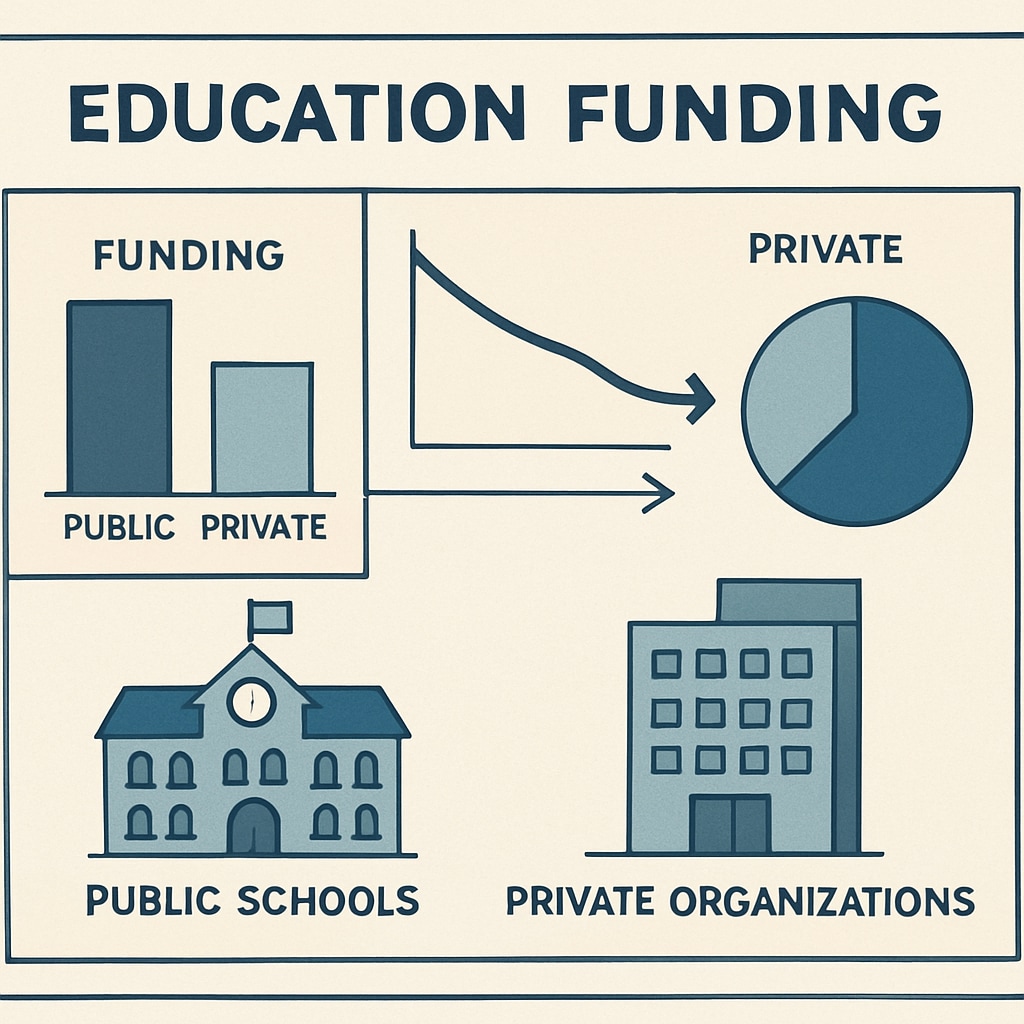The allocation of education funding has increasingly become a contentious issue, with organizations like “Stand For Children” playing a pivotal role in redirecting public resources to private institutions. This concealed shift from public education systems to privatized entities raises significant concerns about the sustainability of public schools, the livelihoods of educators, and the foundational values of public education. As this transformation unfolds, it is crucial to understand the mechanisms behind it and its far-reaching implications.
How Public Education Funds Are Being Diverted
Privatization in education often masquerades as “reform,” promising better outcomes for students and communities. Organizations such as “Stand For Children” employ strategic campaigns to influence policy decisions, advocating for initiatives that ultimately reduce funding for public schools while channeling resources to private institutions, including charter schools and educational consulting firms. This process is typically shrouded in layers of bureaucratic language and political maneuvering, making it difficult for the general public to recognize the shift in priorities.

One common tactic involves lobbying for performance-based funding models. While these models claim to incentivize improved academic results, they often disproportionately benefit private institutions that can selectively enroll students and omit those requiring additional support. As a result, public schools face funding shortages, leaving them unable to maintain essential staff and programs.
The Impact on Public Schools and Teachers
The diversion of education funds to private entities has tangible consequences for public schools. Reduced budgets force districts to cut vital programs, delay infrastructure repairs, and even lay off staff. Teachers, who are the backbone of any education system, often bear the brunt of these cuts. Lower salaries, increased workloads, and diminished job security create an environment of stress and instability for educators.
Furthermore, the erosion of public school resources undermines the quality of education available to students, particularly in underserved communities. Public schools, which traditionally serve as equalizers in society, are left struggling to meet even basic educational standards, exacerbating existing inequalities.

Why This Trend Threatens Public Education
At its core, public education is built on the principle of providing equitable access to learning opportunities for all children, regardless of socioeconomic background. The privatization of education funding challenges this principle by prioritizing profit-driven models over community-driven approaches. It risks transforming education into a commodity, where access and quality are determined by financial status rather than need.
Organizations like “Stand For Children” often emphasize accountability and innovation as reasons for embracing privatized models. However, these arguments frequently overlook the broader societal costs, including the weakening of public educational institutions and the marginalization of vulnerable populations. This shift poses a grave threat to the long-term viability of public education as a cornerstone of democracy and social progress.
What Can Be Done to Protect Public Education?
To counteract the privatization trend, policymakers and communities must prioritize transparency and equity in education funding decisions. Advocacy for policies that ensure adequate funding for public schools, alongside rigorous scrutiny of privatization efforts, can help safeguard the future of public education. Collaboration between educators, parents, and local governments is essential in resisting initiatives that undermine public institutions.
Additionally, raising public awareness about the implications of education privatization is critical. By shining a light on the hidden processes behind funding reallocations, stakeholders can mobilize to demand accountability and protect the integrity of public education systems.
Readability guidance: This article uses concise paragraphs and lists to highlight key points. Overarching themes are supported by examples and external references for better comprehension. Active voice is prioritized to enhance clarity, and transition words are distributed throughout to ensure smooth reading.


